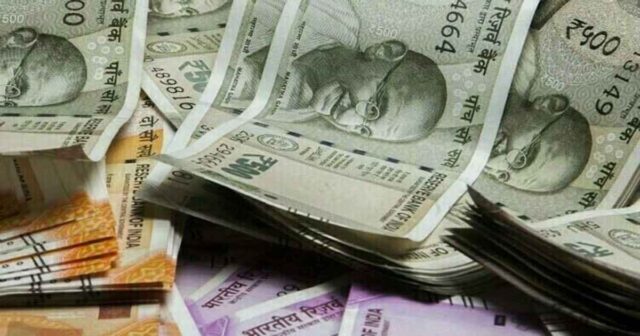Bad loans remain higher in Kerala
CL Jose
KOCHI: Has anyone ever wondered why the Kerala-based banks turn their back to lending within thier home state?
Though there are several reasons cited for this including the oft-repeated observation that the Kerala market is relatively small when it comes to bank finance, other aspects also might have played their role, according to some finance experts.
The bad loans generated within Kerala by the Kerala-based banks is far higher than what is generated in the rest of the country. The comparitive NPA numbers used in this story will explain that.
Bankers, whom businessbenchmark.news (bbn) approached for their views on the loan market in Kerala, confided with bbn that the borrowers in Kerala are not good ‘repayers’ as is amply evident from the plight of several cooperative credit societies in the state where repayment of loans has literally been unheard of.
The history of bad loans or non-performing assets (NPAs) generated within Kerala’s banking space clearly demonstrates this, as the NPA level for the Kerala-based banks within the state is far high compared with the rest of the country as a whole.
The Reserve Bank of India (RBI) has long been pushing the Kerala-based banks– Federal Bank, South Indian Bank (SIB), CSB Bank and Dhanlaxmi Bank, along with other ‘slow non-Kerala lenders’ operating in the state, to shore up their lending activity and improve thier CD ratio within the state.
The paradox is that using the state for raising deposits has never bothered these banks and historically, Kerala has proved to be a fertile market for deposits. A large chunk of their deposit books are predominantly built of funds raised from Kerala’s depositors.
The low CD ratio of Kerala-based banks stands testimony to this phenemenon. In fact, all the aforementioned four banks invariably fall in the category of banks with low CD ratio or low credit-deposit ratio, which reveals that though they badly need the state for deposit mobilization, for lending, it’s a different story altogether.
Why CD ratio low in Kerala?
CSB Bank’s CD ratio computed using the latest available figures stands at 38.60 per cent, which explains that while CSB Bank raised Rs100 from within the state as deposits, its lending within the state is only Rs38.60.
This admittedly helps the bank in deploying the additional fund raised from Kerala as deposits to lend elsewhere in the country.
As per the official statistics, the other Kerala based banks’ CD ratios are as follow; Federal Bank (44.93 per cent); South Indian Bank (46.64 per cent); Dhanlaxmi Bank (53.32 per cent) and Esaf Bank (44.20 per cent).
RBI directive
Citing the low CD ratio recorded in March 2020, the Regional Director of RBI had raised concerns regarding the decline in average CD ratio within Kerala, from 66 per cent as in March 2020 to 63.18 per cent as in September 2020, though marginally improved to 63.79 per cent in December 2020.
These numbers are average for all the banks operating in Kerala and are still far higher than that of the Kerala-based banks as is evident.
“State Bank of India (SBI), the industry leader, Federal Bank, the second largest bank in Kerala, as also CSB Bank and Dhanlaxmi Bank, need to take concrete measures (to improve their respective CD ratios) so that the good work done by other banks for the state of Kerala is not lost,” the RBI official had noted.
High NPA in Kerala
An analysis of NPAs of Kerala-based banks carried out by bbn clearly reveals that the NPA ratios of these banks are far higher within Kerala compared with the rest of the country.
In the case of Federal Bank, while the bank’s gross NPA for the whole country is 2.29 per cent as of December 31, 2023, for the Kerala market, it was 3.79 per cent.
Likewise, in the case of South Indian Bank (SIB), while the bank’s gross NPA for the said period was 4.74 per cent, for Kerala market it was 6.69 per cent.
For CSB Bank they were 1.22 per cent and 2.03 per cent respectively, whereas for Dhanlaxmi the comparable numbers were 4.81 per cent and 6.16 per cent.










